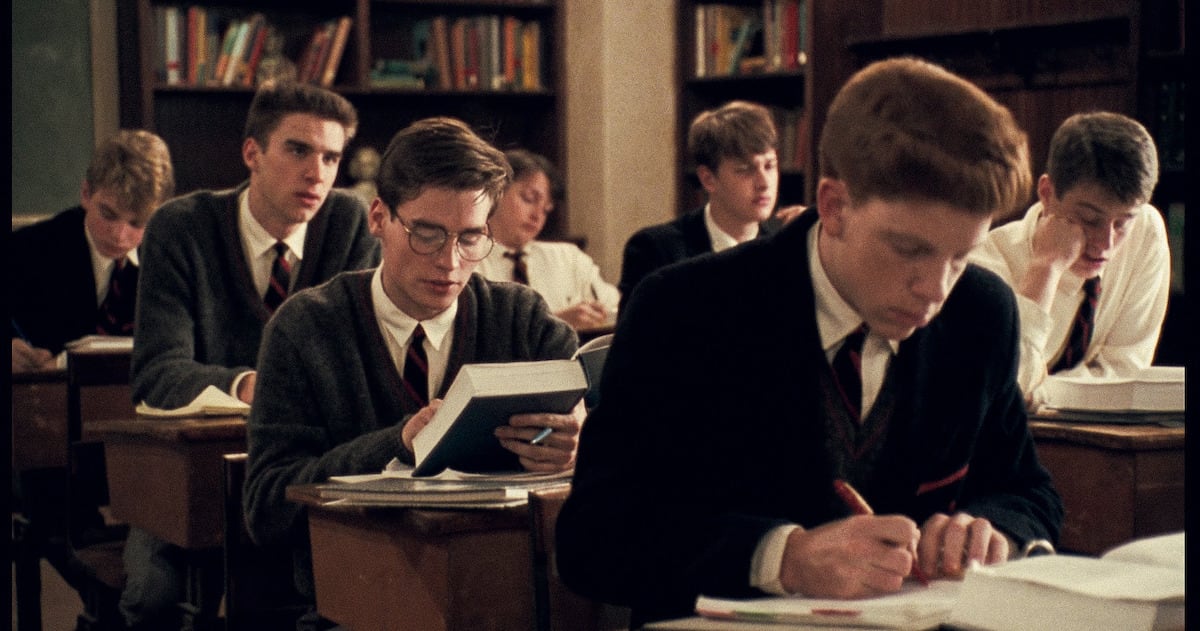

Though it is difficult to explain the dramatic shift to cultural hierarchies, he provides valuable possible explanations of some of die reasons.

In his third chapter, "Order, Hierarchy, and Culture," he walks a fine line: he shows the elite responding to forces of chaos and fragmentation resulting from rapid immigration and social and economic changes, but insists that the bifurcation did not simply result from a need for social control. The more difficult Reviews145 task is explaining why the bifurcation occurred. Not surprisingly, the rejected scorn the forms they have been denied. He argues that such hierarchies permit the few (the educated) to enter, while excluding the masses. Levine also makes a strong case for rethinking our tendency to see rejection of these hierarchies as anti-intellectualism. Levine clearly shows a pattern whereby cultural hierarchies were established. With varied examples, Levine extends his analysis to other art forms: opera, symphonies (versus bands), museums of sculpture and painting (versus casts, chromolithographs, and photographs), and research libraries (versus public libraries). It's hard to imagine that a riot, with the loss of twenty-two lives, could have been caused by an audience outraged by a Shakespearean actor's style. Levine's vivid examples of Shakespeare's presence in nineteenth-century American culture remind us that audiences booed, hissed, and assaulted those actors who cut songs or scenes they expected. The strongest part of the book describes the process of bifurcation. By the end of the century, one needed to be educated to these higher forms, be taught the rules of polite behavior, and visit special temples to encounter "culture." To demonstrate the emergence of cultural hierarchy, Levine divides his argument into four parts: the example of Shakespeare, the "sacralization of culture" in other arts, an historical explanation ofthe bifurcation, and anepilogueconnectingnineteenth-centuryhistory to contemporary arguments by Bloom and Bennett about the decline ofculture. 81) as part of "die sacralization ofculture," whereby opera, symphonic music, and fine arts became "culture" separate from the masses. Levine sees this "transformation of Shakespeare" (p. No longer did the theatre hold a microcosm of socioeconomic groups sharing a diverse culture. To explain Shakespeare's elevation, Levine focuses on the process by which audiences were segregated into separate spaces where they encountered different types of entertainment, a process that during the last decades of the century divorced Shakespeare from everyday culture. If Shakespeare was a part of popular culture (so much so that Twain could parody Shakespeare in the Duke and the Dauphin's scams in Huckleberry Finn), Levine questions "our tendency to see culture on a vertical plane, neady divided into a hierarchy of. 23) in theatres attended by diverse audiences. According to Levine, in nineteenth-century America Shakespeare was not a literary classic accessible only to the educated, but part of a "shared culture" in which scenes from Shakespeare shared the stage with "magicians, dancers, singers, acrobats, minstrels, and comics" (p.

Cambridge : Harvard University Press, 1988, $25.00 cloth, $12.95 paper. In lieu of an abstract, here is a brief excerpt of the content:ġ44Philosophy and Literature Highbrow/Lowbrow: The Emergence ofCultural Hierarchy in America, by Lawrence W.


 0 kommentar(er)
0 kommentar(er)
